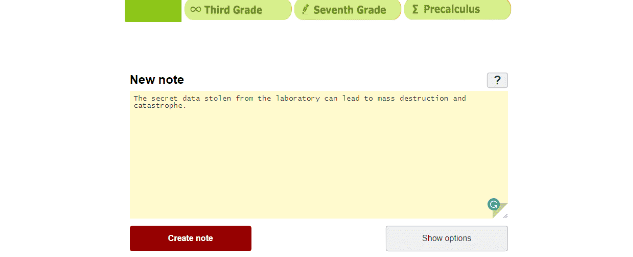How to Use Relative Strength Index (RSI) in CFD Trading
Are you looking to enhance your trading strategy and increase your chances of success in CFD trading? Look no further than the Relative Strength Index (RSI). This powerful momentum indicator can help you make more informed trading decisions by identifying overbought and oversold conditions in the market. In this blog post, we’ll explore what RSI is, how it works, and how you can effectively use it in your CFD trading strategy. By the end, you’ll have a solid understanding of how to leverage RSI to boost your trading performance.
Understanding RSI
Relative Strength Index (RSI) is a momentum oscillator that measures the speed and change of price movements. Developed by J. Welles Wilder in 1978, RSI ranges from 0 to 100 and helps traders determine whether a stock or asset is overbought or oversold. An RSI reading above 70 typically indicates that an asset is overbought, while a reading below 30 suggests it is oversold. By identifying these conditions, traders can anticipate potential price reversals and make more informed trading decisions.
Importance of RSI in CFD Trading
CFD trading involves speculating on the price movements of various financial instruments without actually owning them. Because of its speculative nature, having reliable indicators like RSI can be crucial for making profitable trades. RSI helps traders identify entry and exit points, manage risk, and improve their overall trading strategy. By incorporating RSI into your CFD trading toolkit, you can gain a competitive edge in the market.
Calculating RSI
To calculate RSI, follow these steps:
Determine the average gains and losses over a specified period (usually 14 days).
Divide the average gains by the average losses to calculate the Relative Strength (RS).
Apply the RS formula to the RSI equation: RSI = 100 – (100 / (1 + RS)).
Understanding how RSI is calculated can help you better interpret its readings and use it more effectively in your trading strategy.
Using RSI to Identify Overbought Conditions
When RSI reaches a level above 70, it indicates that an asset may be overbought. This means that the price has risen too quickly and may be due for a pullback. Traders can use this information to take profits or enter short positions, anticipating a potential price decline. It’s important to note that overbought conditions don’t always guarantee an immediate reversal, so combining RSI with other technical indicators can provide a more comprehensive analysis.
Spotting Oversold Conditions with RSI
Conversely, an RSI reading below 30 suggests that an asset may be oversold. This indicates that the price has dropped too quickly and could be due for a rebound. Traders can use oversold conditions as a signal to enter long positions or cover short positions, expecting a potential price increase. Again, it’s essential to use RSI in conjunction with other indicators to confirm potential buy signals.
Divergence and RSI
Divergence occurs when the price of an asset moves in the opposite direction of the RSI. This can signal a potential trend reversal. There are two types of divergence:
Bullish Divergence: Occurs when the price makes a lower low, but RSI forms a higher low, indicating potential upward momentum.
Bearish Divergence: Occurs when the price makes a higher high, but RSI forms a lower high, suggesting potential downward momentum.
By recognizing divergence patterns, traders can anticipate trend reversals and adjust their trading strategies accordingly.
Combining RSI with Other Indicators
While RSI is a valuable tool on its own, combining it with other technical indicators can enhance its effectiveness. For example, you can use moving averages to confirm RSI signals or Fibonacci retracement levels to identify potential support and resistance areas. By integrating multiple indicators, you can develop a more robust trading strategy and make more informed decisions.
Setting RSI Parameters
The default RSI period is 14 days, but traders can adjust this setting based on their trading style and preferences. Shorter periods (e.g., 7 days) make RSI more sensitive to price changes, while longer periods (e.g., 21 days) smooth out fluctuations. Experimenting with different RSI settings can help you find the best configuration for your trading strategy.
Managing Risk with RSI
Risk management is a crucial aspect of successful trading. RSI can help you manage risk by identifying potential reversal points and reducing the likelihood of entering trades at unfavorable prices. By using RSI to time your entries and exits, you can minimize losses and maximize profits.
Backtesting RSI Strategies
Before implementing any RSI-based trading strategy, it’s essential to backtest it using historical data. This allows you to evaluate its performance and make any necessary adjustments. By backtesting your strategy, you can gain confidence in its effectiveness and improve your chances of success in the live market.
By being aware of these pitfalls, you can use RSI more effectively and avoid costly mistakes.
Conclusion
The Relative Strength Index (RSI) is a powerful tool for CFD traders, offering valuable insights into market conditions and potential price reversals. By understanding how RSI works and incorporating it into your trading strategy, you can make more informed decisions and improve your overall trading performance.


